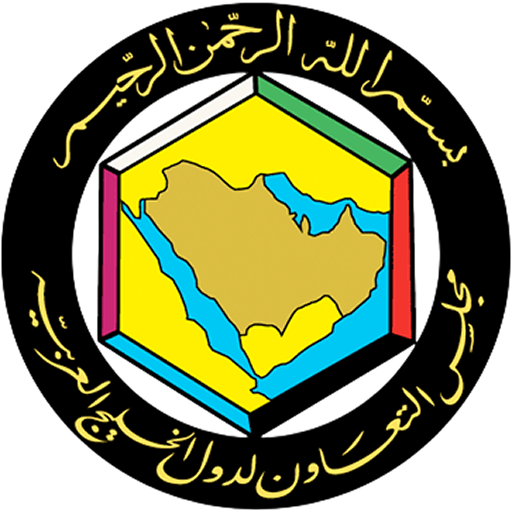Recently, the use of non woven fabrics in agriculture has grown remarkably, transforming farming methods with innovative, cost-effective solutions. While the agriculture sector wasn’t once a major user of non woven technology, its adoption is rapidly increasing as farmers discover its numerous benefits, from increasing productivity to protecting crops more efficiently.
One of the most impactful applications is the agricultural crop cover, which offers excellent protection against extreme weather conditions, pests, and sunrays. Apart from protection, non woven fabrics are helping farmers improve greenhouse management, crop yields, and operational efficiency while also reducing their dependence on pesticides.
What makes non wovens truly distinctive is their customisable nature. Unlike standard materials, non woven fabrics can be tailored to specific agricultural needs, providing smart, sustainable solutions that evolve with the industry.
As innovation continues, the partnership between agriculture and non woven technology is paving the way for a more productive and eco-friendly future in farming.
Why are Non Wovens Considered the Best for Agricultural Use?
Have a look at these characteristics that make non woven highly valuable to the agriculture industry:
- Heat control and sealability
- Moisture absorption, in the amount/percentage needed
- Hydrophilic and hydrophobic capacity
- Acts as a great covering material with graduated-to-need air permeability
- Protects from harsh UV rays
- Photo synthesis enhancement or reduction, as needed
- Helps to keep the soil moist and loose
- Helps enhance the effects of fertilisers
- Helps to reduce the need for irrigation
The Use of Non Wovens for Greenhouses
Without a doubt, non woven fabrics are useful in making and running greenhouses. Many think that greenhouses are self-managed farming tools that cause fewer problems than traditional ways of growing things in open soil, but that’s not true.
Greenhouses, like open soil, have their challenges, such as excessive heat and moisture that can harm plants. Non woven fabrics help regulate both heat and moisture, ensuring a healthy growing environment. Lightweight, customisable, and easy to handle, they offer air and water permeability while optimising greenhouse conditions for better plant growth.
Use of Non Woven as a Water Controlling Tool
Most farmers opt for agricultural non wovens to control water retention and collection for growing crops, especially during the seedling and early growth stages. This application involves using hydrophobic non woven sheets that are partially treated to be hydrophilic by applying a surfactant to certain sections.
The ultimate goal of this approach is to create hydrophilic channels in the non woven fabric, allowing water to pass through easily and preventing excessive accumulation that could damage crops. While polyethene terephthalate or polypropylene non wovens are valued for heat retention and permeability, their hydrophobic nature can cause water to collect on surfaces.
By applying targeted treatments, water flow is improved, reducing the risk of crop damage. Such techniques highlight how non wovens can be adapted and customised to overcome limitations, making them highly versatile for agricultural use.
Final Thoughts
In conclusion, non woven fabrics are transforming agriculture by protecting crops, optimising greenhouse operations, and efficiently controlling water. Their versatility and customisability make them essential for a sustainable, productive farming future.
 :
https://in.pinterest.com/spunweb_group/_created/
:
https://in.pinterest.com/spunweb_group/_created/












